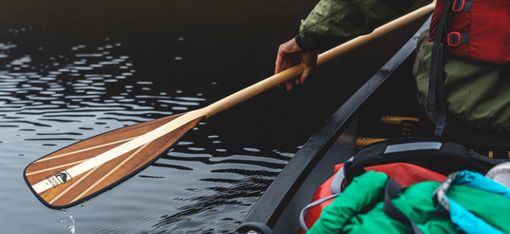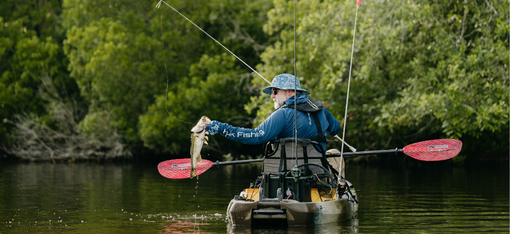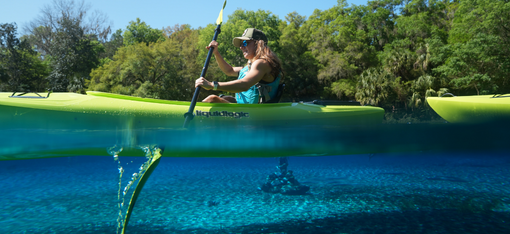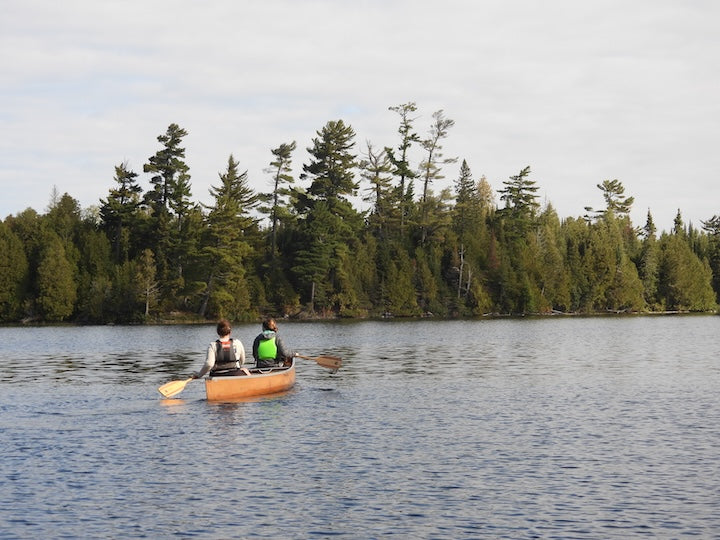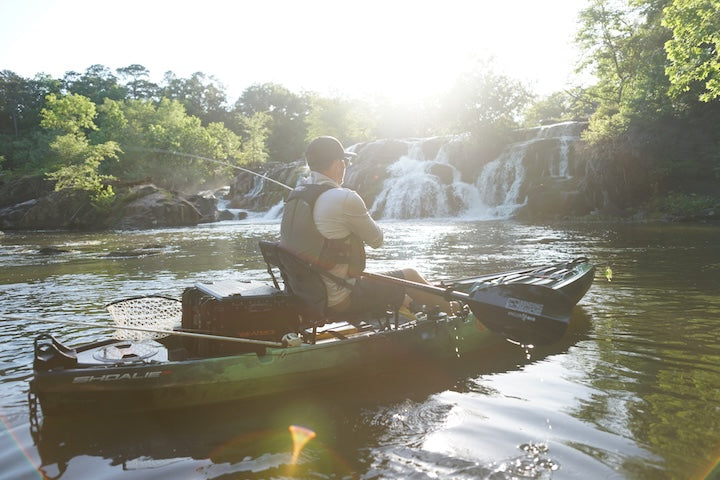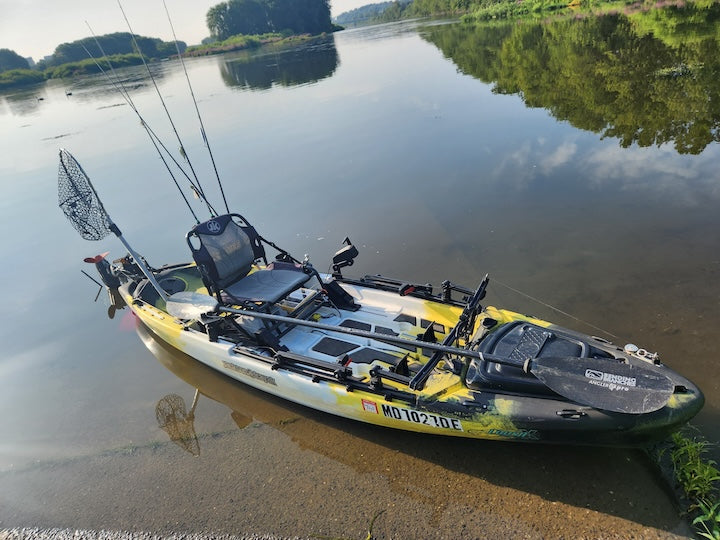Choosing the Proper Canoe Paddle Grip.
Comfort, efficiency and performance are three top priorities when paddling. Having the right paddle grip plays a big part in that. The type of paddling you'll be doing—from short white water trips to long distance touring—needs to be considered when choosing your grip.
There are three main types of grips we offer on our paddles:
- Asymmetric, or directional palm grips
- Symmetric (or freestyle) grips
- T-grips
Asymmetric or Directional Palm Grips
Directional palm grips are found on all bent-shaft paddles and some of the straight shaft paddles. The benefit of this grip is that due to its design, it provides for a more ergonomically-friendly paddle stroke. You'll be able to paddle for long periods of time with less effort. These are especially popular for all-day and multi-day canoe trips.
Symmetrical or Freestyle Grips
Freestyle grips are found on most of the straight shaft paddles and are usually selected because of their neutral design. No matter how you pick up and hold the paddle you'll have the proper grip. Many beginner paddlers like this grip because it's easier to maneuver their canoes around, and it helps keep things simple as they learn and become more adept at paddling.
The T-grip
T-grips provide the paddler with the maximum amount of leverage and control. Paddlers working in whitewater and those needing maximum power and agility will often choose a T-grip paddle. For these paddlers, control is more important than comfort—and you will sacrifice a bit of comfort using this grip.
It's important for a paddler or prospective paddler to know the benefits of each grip style and try as many as you can. Grip size can differ between the different paddle styles as well.
Watch the video below for more insight into the different paddle grips. Happy Paddling!




